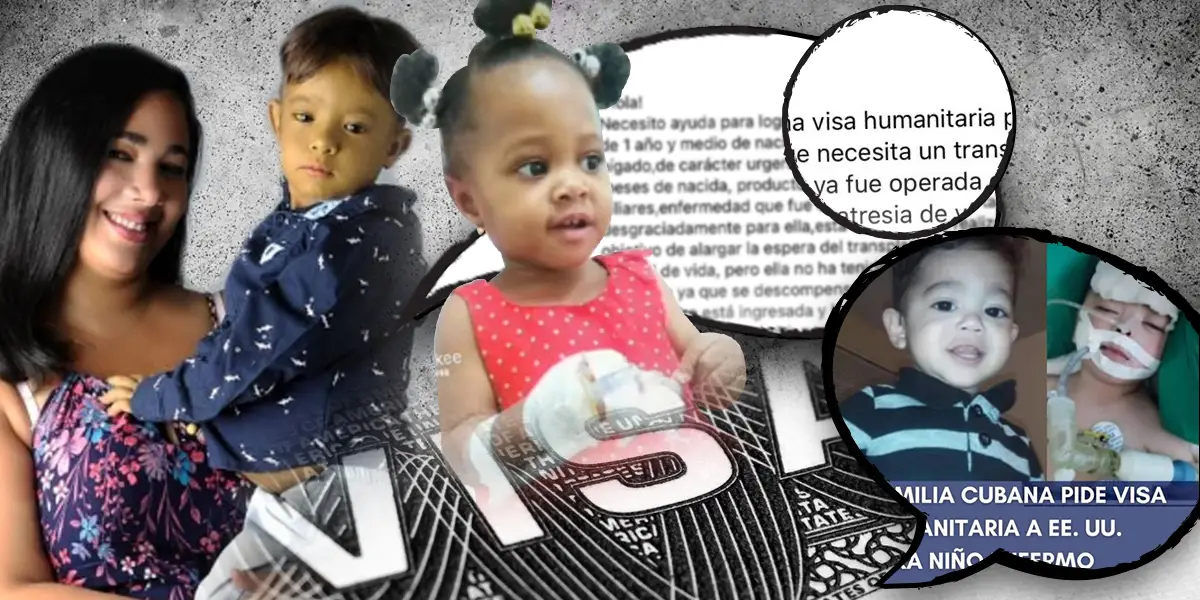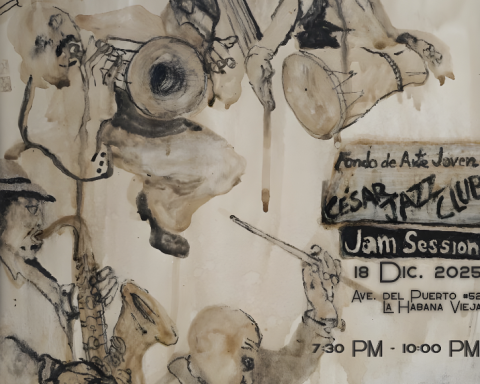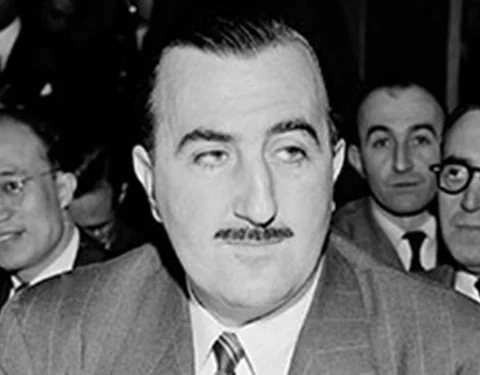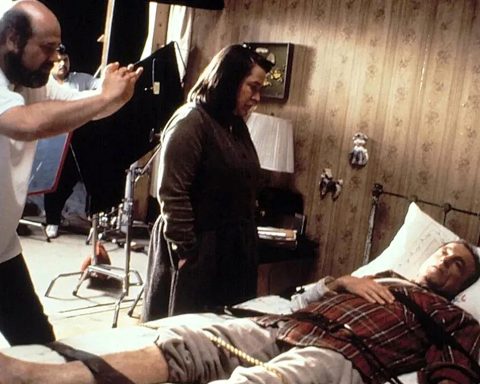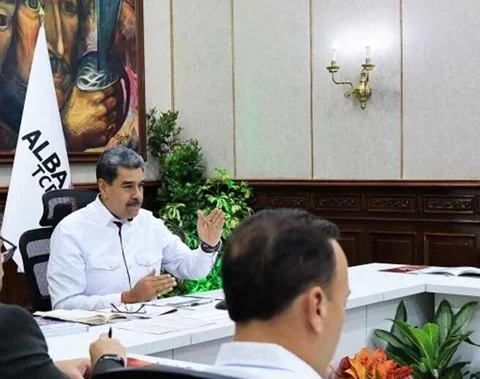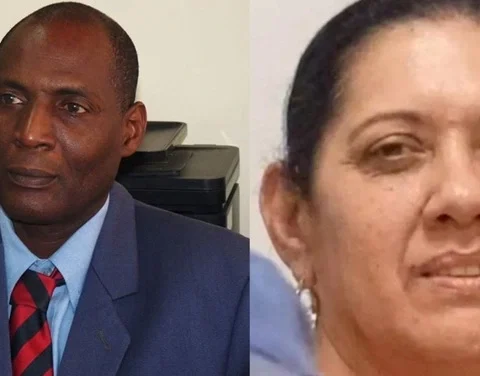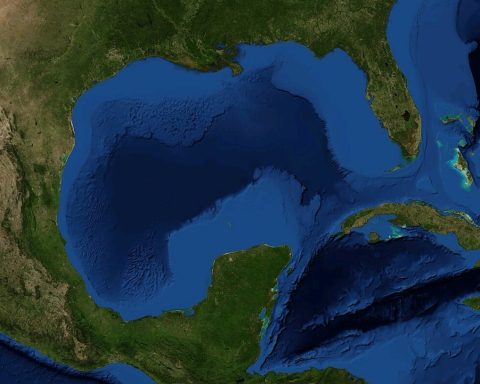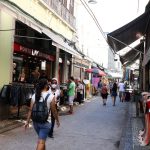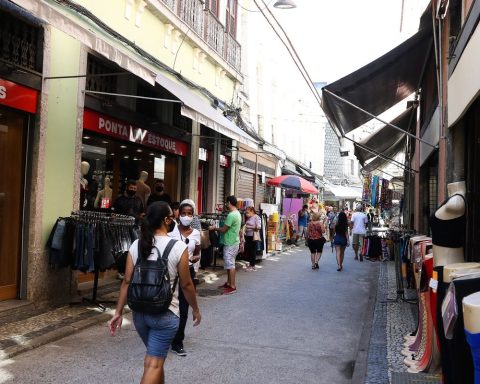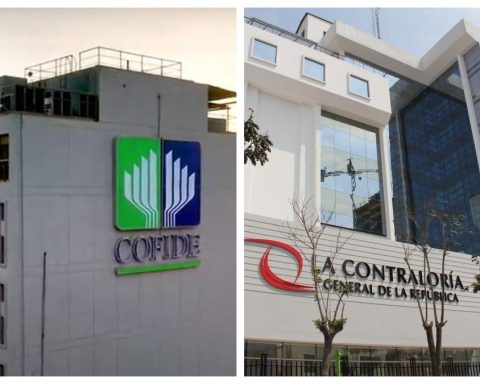CDMX, Mexico. – There are continuous publications on social networks by Cuban patients or their relatives denouncing that the medicine they require does not exist in the country or that they cannot undergo surgery, either due to lack of material resources, because their condition is not treated in Cuba or even because the specialists they need are not on the island.
In some cases They are people with serious illnesses who, if they do not receive treatment, are left with no chance of survival. The Cuban health system, each day in more precarious conditions, is leaving people of all ages unprotected. Some of these, almost as if they were expecting a miracle, publish their cases on social networks asking for a humanitarian visa. However, the procedure to obtain this benefit is much more complex.
CubaNetafter reviewing the available documentation and contrasting it with the experiences of experts, patients, and relatives who have applied these procedures, shares a general guide that sheds some light on the matter.
Who is eligible for a medical emergency visa?
As its name indicates, this visa can only be requested by a patient who presents an emergency health condition and needs medical treatment in the United States.
What documentation do you need to present to the consulate?
You need three essential documents:
- The letter from a doctor or medical institution in Cuba with the diagnosis of the health condition of the applicant for the humanitarian visa. This documentation must specify that your condition cannot be treated in Cuba.
- The letter from a doctor or medical institution in the United States that expresses: the willingness and ability to treat the applicant’s medical condition; the duration of the treatment and the estimated cost of the treatment (including hospitalization fees and all associated medical expenses).
- Documentation regarding the funds that the applicant will use to cover the costs related to medical treatment and living expenses during their stay in the United States.
In summary, in addition to the documentation that must be requested at Cuban medical institutions, the patient needs to have the financial resources to pay for his trip. This can be demonstrated through the funds of a person or institution that agrees to cover the costs. It is also essential to have the support of a doctor or medical center that is committed to treating you.
What obstacles are common to get documentation in Cuba and how to get out unscathed?
As we were able to corroborate with testimonies from patients and relatives, probably the most complex thing to obtain in Cuba is the certificate, signed by a doctor, that you cannot receive treatment on the Island.
Even if it is true and the doctors know that there is no treatment on the Island, the usual thing is that they refuse to grant this confirmation, since the Ministry of Public Health (MINSAP) prohibits them.
The Cuban regime does not want anything to harm the propaganda of “medical power” that it shows abroad. That their professionals confirm the collapse of the hospitals is out of the script, even if they are thus taking away from patients the only hope they have of survival.
To do? If privately insisting on the doctor to confirm that they cannot treat you on the Island does not work, the way that several patients have resorted to is to publicly denounce this arbitrariness.
the filmmaker Victor Alfonso Cedeno, cancer patient, in 2020 he published on his networks that the doctors who treated him and the MINSAP did not agree to give proof of his null hopes of treatment in Cuba. His case was immediately covered by the independent press and the post was widely shared.
“The first day they treated me very badly at the MINSAP; So I whistled on the networks and they called me to tell me to come the next day and they treated me well. After he made the complaint, they agreed to provide him with the documentation he required. Víctor was able to receive treatment from him in the United States.
On the other hand – and this varies depending on the medical team that treats you – make sure that the summary of your clinical case is well explained and that it specifies what your pathologies and health conditions are.
From the American side
As we explained above, for your case to be admitted it is essential that a doctor or medical institution agree to treat you.
To do this, the first step is to translate available medical information into English and knock on digital and physical doors of agencies that have the staff to treat their condition and that accept humanitarian cases, unless the patient has another way to pay for treatment.
For example, earlier this year, Nathaly Zaragoza Hernandez, barely nine years old and a leukemia patient, was able to enter the United States with his mother to treat his condition. His case was sponsored by Cuban-American philanthropist Michael Fux, who assumed all expenses.
The director of the Cubalex Legal Information Center Laritza Diversent warns that obtaining the US medical letter is not easy. “It is common for them to demand to assess the patient in person, before ruling on whether they can give him the treatment and issue the letter where they not only commit to doing it, but also specify the time it will take and the general cost.” But, how is a Cuban who has no legal way of stepping on US territory going to go to the US for a consultation?
As the lawyer from specialists in the northern country has heard, patients are recommended to request this documentation in Miami, where there may (or may not) be some flexibility. Another option may be to go to centers whose main job is pro bono for migrants of various origins. Therefore, we recommend that, based on your pathology, you look for this type of institution in the US and present your case to them.
Once you have all the documentation, what to do?
As soon as you have all the documentation with the characteristics that we specified before, send a message to v[email protected] with the subject “N22: EMERGENCY NONIMMIGRANT“. In the mail you must include your name and a description of your emergency, as well as attach the files mentioned above.
Then, all you have to do is wait for the embassy to contact you with the approval or not of your emergency interview appointment. We specify that attaching all the corresponding information does not mean that the interview will automatically be granted (consular officials have the power to deny it). In the same way, that the interview is approved does not mean that the visa will be granted. You will only know this when you finish your meeting with the American authorities at the consulate.
Other ways
In addition to the visa for a medical emergency requested from the US consulate in Havana, we add two other alternatives to receive your treatment in US territory:
- You can come to the US through the parole humanitarian that since January was announced by the Biden administration. This only makes it easier for you to enter the country, with far fewer requirements than the humanitarian visa. Then, to receive the treatment, once in the US, you will have to follow the same procedure that we described above.
- Before Biden announced the program of parole humanitarian aid for the nationals of Cuba, Venezuela, Nicaragua and Haiti, the parole It already existed for people with medical emergencies who, for various reasons, could not make an appointment at the corresponding consulate.
In fact, that is how Víctor Alfonso and his wife arrived in the US What information do you require? According to the official website of the US Citizenship and Immigration Service (USCIS):
- Evidence documenting the nature and severity of the medical condition, including how the medical condition affects the patient’s life and the consequences for the patient if medical treatment is not received.
- Current, official, dated and signed documentation from a doctor in the country where the beneficiary resides and who has examined the beneficiary. Documentation must indicate: a diagnosis and prognosis of the beneficiary’s condition; the treatment necessary to address the condition; and the reason the recipient requires treatment in the US, including whether the treatment is available and accessible in the country where she resides or in a country outside the US.
- Current, official, dated, and signed documentation from a US physician or medical facility showing: Agreement to provide specific treatment for the beneficiary’s identified medical condition; how long the beneficiary will need to stay in the US to receive the treatment, as well as any necessary follow-up treatment, including whether the beneficiary will require assistance from a caregiver after treatment; the cost of treatment (including medical fees, cost of hospitalization and all related medical expenses).
- Documentation showing how you will pay for the cost of medical treatment (both in-hospital and out-of-hospital) and any other related costs, such as prescriptions, therapies, equipment, and transportation, and whether it will be covered by health insurance, personal funds, or others media.
As you can read the documentation is very similar to what you should send to the consulate by mail. The main difference, Alfonso points out, is that it must be sent to USCIS by postal mail, translated into English and authenticated by an American notary.
In his case, the procedures were executed by a lawyer who took the case pro bono (free of charge). The case of Náthaly, the nine-year-old girl, proceeded in the same way. The office of the lawyer Yunior Piñeiro processed it without charging. Piñeiro works hand in hand with a philanthropic sponsor, who pays for what is necessary.
For this reason, we suggest that if you need advice, you contact legal experts on immigration issues, who occasionally attend a quota of free cases.
Once USCIS reviews the submitted documentation, it will contact you to notify you. If the answer is positive, the same US Embassy in Havana will look for you to schedule the visa interview. In Víctor’s case, from the time he sent the documentation until he was able to fly to the US, the process took approximately one month.
The lawyer Piñeiro explained to CubaNet that from his office, once USCIS receives the case, he sends emails notifying the urgency of a resolution for the patient’s health conditions. After USCIS affirmatively approves the case, the law office contacts the Embassy to try to expedite the visa process as well.
Which of the options to choose?
There is no single answer. In Piñero’s experience, although with the parole In general, it is easier to set foot in the US than with the other options, the process can be longer than when it is processed as a medical emergency.
The expert also points out that in the process of parole Due to a medical emergency, the authorities look at everything in more detail because you are arguing that you are going to the US for a specific reason. “For any technical thing that is not correct, they can cancel the process,” adds the lawyer.
